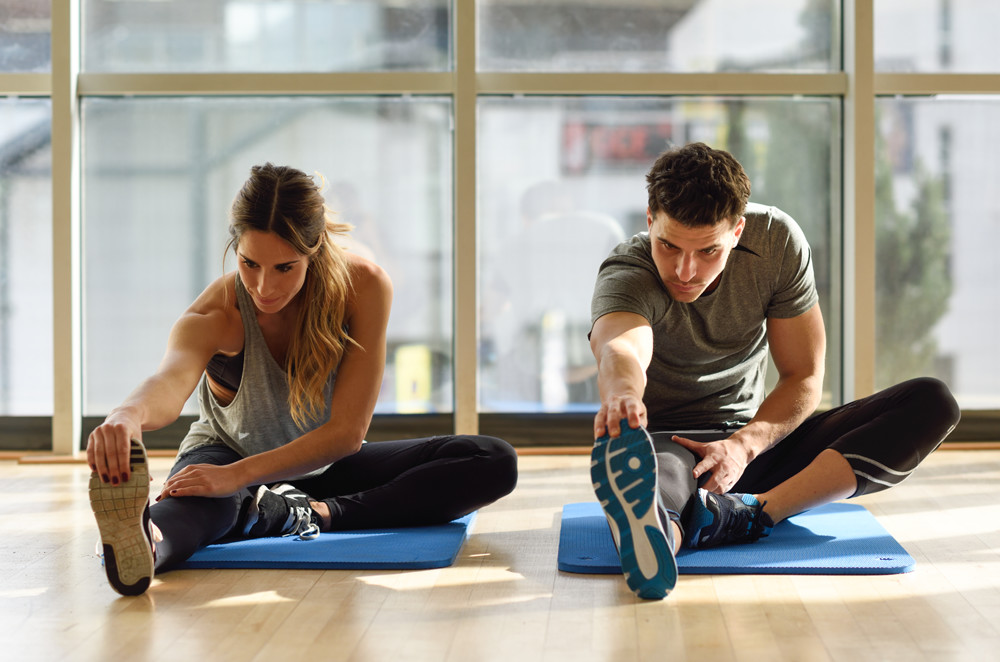
Fit Body: Techniques and Tips for Maintaining a Healthy, Toned, and Fit Physique
In the pursuit of a fit and healthy body, it is essential to understand that there is no one-size-fits-all approach. This comprehensive guide will delve into various facets of fitness and health, offering detailed insights and practical tips for anyone looking to improve their physical condition and overall well-being.
Understanding Fitness and Health

A-Defining Fitness and Health
The Importance of Physical Fitness: Fitness is not just about appearances; it’s about enhancing your body’s strength, endurance, and flexibility. Physical fitness contributes significantly to overall health, reducing the risk of chronic diseases and improving quality of life.
The Role of Mental Well-being in Overall Health: Mental and physical health are deeply intertwined. Stress, anxiety, and depression can adversely affect physical health, just as physical ailments can impact mental well-being.
B-Setting Realistic Fitness Goals
Short-term vs Long-term Goals: Understand the difference between immediate goals (like losing 10 pounds in a month) and long-term aspirations (such as running a marathon). Both are important, but they require different strategies and commitments.
Personalizing Your Fitness Targets: Fitness goals should be tailored to individual needs, preferences, and lifestyles. What works for one person may not work for another.
Nutrition and Diet

A-Balanced Diet: The Foundation of Fitness
Macronutrients: Proteins, Carbohydrates, and Fats: Each macronutrient plays a unique role in the body. Proteins repair and build tissues, carbohydrates provide energy, and fats support cell growth and hormone production.
Micronutrients: Vitamins and Minerals: These are crucial for various bodily functions, including bone health, immune response, and energy production.
B-Hydration and Fitness
The Role of Water in Physical Health: Water is essential for nearly every bodily function. It aids in digestion, regulates body temperature, and lubricates joints.
Understanding Your Body’s Hydration Needs: Hydration needs can vary based on activity level, environment, and individual physiology.
Exercise and Training

A-Different Types of Exercise
Cardiovascular Exercises: These exercises, like running, cycling, and swimming, improve heart health and endurance.
Strength Training: This includes weightlifting and bodyweight exercises, crucial for building muscle mass and bone density.
Flexibility and Balance Workouts: Practices like yoga and Pilates enhance flexibility, reduce injury risk, and improve core strength.
B– Creating a Sustainable Exercise Routine
Consistency Over Intensity: Regular, moderate exercise is often more effective and sustainable than sporadic, intense workouts.
Balancing Different Types of Workouts: A well-rounded fitness regimen should include a mix of cardiovascular, strength, and flexibility exercises.
Recovery and Rest

A-Importance of Rest and Recovery
Muscle Repair and Growth: Muscles need time to repair and strengthen after workouts. Overlooking rest can lead to injuries and burnout.
Avoiding Overtraining and Injuries: Rest days are critical to prevent overtraining, which can cause injuries and hinder progress.
B-Techniques for Effective Recovery
Active Recovery and Rest Days: Light activities like walking or gentle stretching can aid recovery on rest days.
The Role of Sleep in Fitness: Adequate sleep is crucial for muscle recovery, hormonal balance, and overall fitness.
Mental Well-being and Fitness

A-The Mind-Body Connection
Stress Management for Better Physical Health: Techniques like meditation, deep breathing, and mindfulness can improve mental health, thereby positively affecting physical fitness.
Mental Health Benefits of Regular Exercise: Regular physical activity is known to reduce symptoms of depression and anxiety and improve mood.
B-Maintaining Motivation and Focus
Setting Achievable Milestones: Breaking down larger goals into smaller, achievable milestones can help maintain motivation and provide a sense of accomplishment.
Building a Supportive Fitness Community: Engaging with a community, whether online or in-person, can provide support, motivation, and accountability.
Adapting to Life Changes

A-Fitness at Different Life Stages
Adjusting Fitness Regimens as You Age: As the body changes with age, so should the fitness routine. This might mean focusing more on flexibility and balance as one gets older.
Fitness During Pregnancy and Postpartum: Exercise during and after pregnancy should be modified to accommodate the body’s changing needs and capabilities.
B-Dealing with Setbacks and Injuries
Modifying Workouts During Injury Recovery: It’s crucial to adapt exercises to avoid aggravating injuries and to focus on rehabilitation.
Staying Motivated During Challenging Times: Finding alternative ways to stay active and setting new, temporary goals can help maintain motivation during setbacks.
Advanced Fitness Tips and Techniques

A- Incorporating High-Intensity Interval Training (HIIT)
Benefits of HIIT: HIIT can improve cardiovascular health, increase calorie burn, and build strength. It’s efficient and can be tailored to various fitness levels.
How to Safely Include HIIT in Your Routine: It’s important to start slowly, focus on form, and gradually increase intensity to avoid injury.
B-The Role of Technology in Fitness
Fitness Trackers and Apps: These tools can help monitor progress, set goals, and stay motivated.
Virtual Training and Online Fitness Communities: Online resources offer accessibility to training programs and a sense of community, which can be particularly beneficial for those with busy schedules or limited access to gyms.
finally

By integrating these principles and practices into your life, you can embark on a rewarding journey towards achieving and maintaining a fit, toned, and healthy body. Remember, the key to success in fitness is consistency, patience, and a willingness to adapt your approach as your needs and circumstances change.

